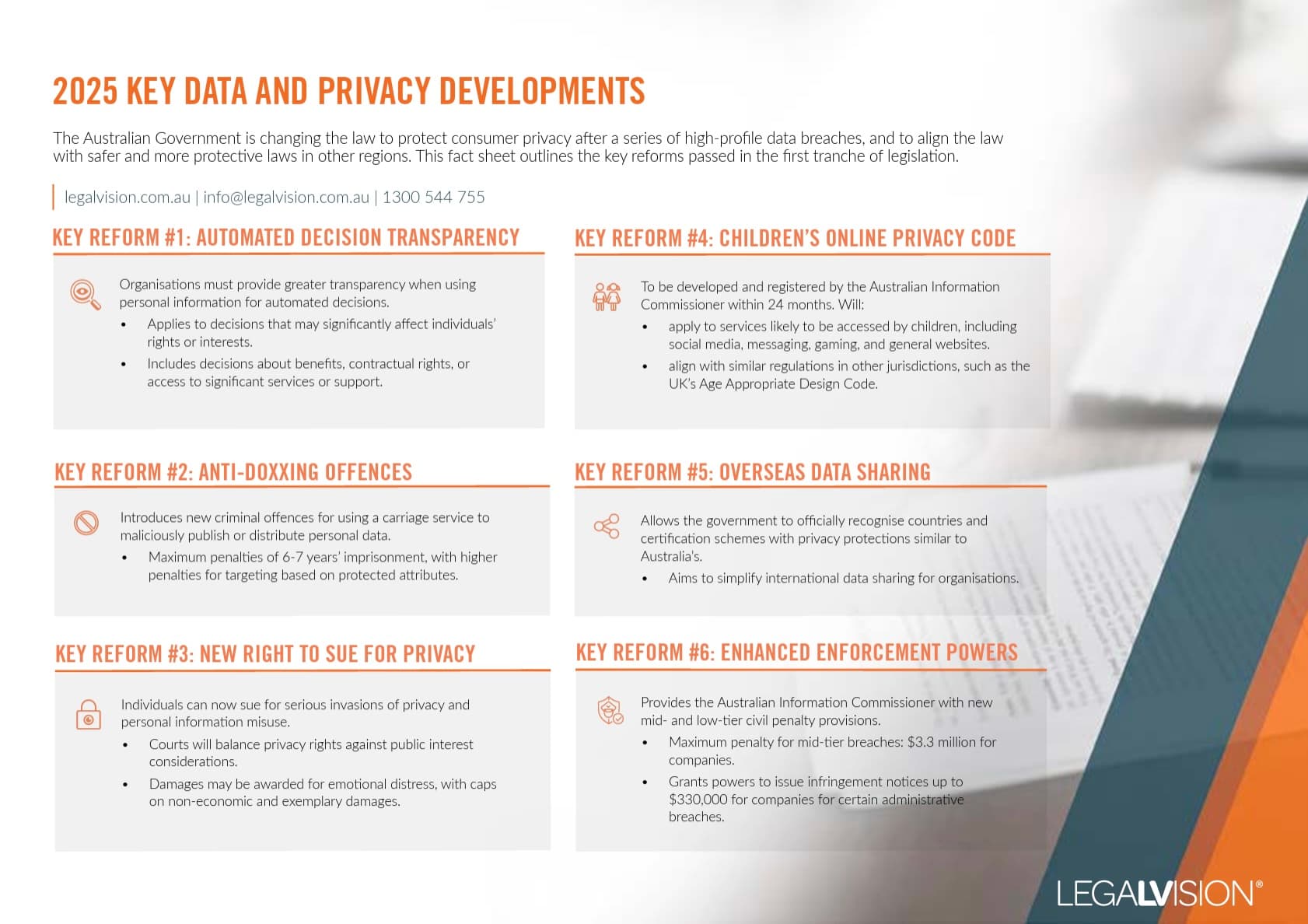The guidelines for registered medical practitioners who advertise cosmetic surgery (the Guidelines) issued by the Australian Health Practitioner Regulation Agency (AHPRA) set new standards for medical practitioners who advertise cosmetic surgery – a regulated health service. The Guidelines came into effect on 1 July 2023 and set out, or clarify, restrictions on advertising cosmetic procedures to patients and the general public. The Guidelines provide specific guidance for registered medical practitioners who advertise cosmetic surgery, which is in addition to Good medical practice: a code of conduct for doctors in Australia and Guidelines for advertising a regulated health service (the broader advertising guidelines).
Who Do the Guidelines Apply To?
The Guidelines apply to registered medical practitioners in Australia who advertise cosmetic surgery. In addition to complying with the Guidelines, medical practitioners who advertise cosmetic surgery are expected to comply with the following codes and guidelines:
- Good Medical Practice: A Code of Conduct for Doctors in Australia;
- Guidelines for Advertising a Regulated Health Service;
- Guidelines for Registered Medical Practitioners who Perform Cosmetic Surgery and Procedures; and
- Social Media: How to meet your obligations under the National Law.
Medical practitioners advertising cosmetic surgery must also comply with therapeutic goods advertising and the Australian Consumer Law.
The Guidelines do not apply to non-surgical cosmetic procedures, including:
- cosmetic injectables and dermal fillers;
- laser hair removal; and
- dermabrasion.
Nevertheless, the Guidelines for Registered Medical Practitioners Who Perform Cosmetic Surgery and Procedures state that advertising of cosmetic procedures (including non-surgical cosmetic procedures) should not:
- glamorise cosmetic procedures;
- minimise the complexity of a procedure;
- overstate results; or
- imply patients can achieve outcomes that are not realistic.
What Procedures Does the Term ‘Cosmetic Surgery’ Encompass?
Examples of cosmetic surgery include:
- breast augmentation;
- rhinoplasty;
- face lifts;
- cosmetic genital surgery; and
- liposuction.
What Does ‘Advertising’ Constitute?
Advertising is defined broadly in the Guidelines to include all forms of verbal, printed and electronic communication that promotes and seeks to attract a person to receive cosmetic surgery. Many businesses use social media, such as TikTok and YouTube, to advertise regulated health services. Content on public and private social media profiles or groups may also constitute advertising if that posted content relates to cosmetic surgery. The Guidelines highlight that this can include comments by a medical practitioner or other content posted by the medical practitioner.
Advertising can also occur via:
- television or cinema;
- radio;
- business cards;
- office signs and similar;
- letterheads on public-facing documents used to promote a particular cosmetic surgery provider; and
- mobile communications.
What Should Health Service Providers Avoid Advertising?
The Guidelines generally prohibit false, deceptive and misleading healthcare advertising. Therefore, medical practitioners should aim to be ethical, honest and responsible in their advertising. This ensures that patients have accurate and balanced information about cosmetic surgeries allowing them to make informed decisions.
The Guidelines provide several key principles to determine what is considered ‘good practice’ when advertising cosmetic surgery. Below are some key principles for medical practitioners to consider in their advertising.
1. Practitioner Responsibility
In promoting cosmetic surgery, medical practitioners must prioritise their patients’ well-being. Practitioners should avoid exploiting any patient vulnerabilities or insecurities to boost demand. For example, the Guidelines specifically highlight that practitioners must recognise patients who are unsuitable candidates for cosmetic surgery because of psychological issues.
Additionally, any sort of financial or commercial gain should not outweigh a practitioner’s duty of care to their patients. Transparent and accurate advertising that reflects a practitioner’s responsibility should include the full cost of a procedure in a clear and easy-to-understand way. Specifically, this should include the cost of:
- pre-surgery and post-surgery consultations;
- anaesthesia; and
- aftercare.
2. Titles and Claims About Training, Qualifications, Registration, Experience and Competence
Medical practitioners must be accurate and honest when advertising their training, qualifications, registration, experience and competence. Only registered medical practitioners with specialist registration in a recognised speciality can use a specialist title in their advertising.
The Guidelines specifically highlight inappropriate terms such as ‘magic hands’, ‘sculptor’, ‘god’ or ‘world’s best’ should be avoided as they can create unrealistic expectations.
3. Financial and Other Incentives
A medical practitioner must not offer free or discounted procedures to prospective patients to incentivise procedures. Examples of inappropriate incentives include:
- giving discounts for surgeries done by a certain date;
- offering perks like discounted airfare or spa treatments as part of a surgery package;
- bundling multiple procedures together; or
- giving gifts or prizes for promoting a specific practitioner or practice.
The Guidelines also prohibit offering, promoting or recommending financing schemes to patients, either directly or through a third party, such as loans or commercial payment plans, as part of the cosmetic procedure.
4. Testimonials
Using testimonials or patient recommendations that express a ‘clinical aspect’ in advertising is prohibited under the Guidelines. Testimonials that express a clinical aspect are generally positive statements about the medical practitioner’s experience, outcomes, or skills. Accordingly, they have the potential to create false expectations about the benefits of treatment. Even if testimonials are shared on social media or third-party websites, they are still considered endorsements.
The Guidelines recognise that although practitioners cannot control what patients say on external platforms, they should avoid interacting with or publishing testimonials associated with any advertising they control. However, patients can still share their thoughts and reviews on independent review sites.

This factsheet outlines the Australian Government’s strengthened consumer privacy laws in 2025 following major data breaches and their alignment with global standards.
5. Social Media Influencers and Ambassadors
Using social media influencers, ambassadors or similar individuals in cosmetic surgery advertising can lead to patients being misinformed and having unrealistic expectations. The content shared by these influencers poses a higher risk for younger audiences on social media platforms. Thus, medical practitioners who work with influencers or ambassadors are responsible for ensuring that the advertising content follows the Guidelines and additional advertising codes, including the prohibition on testimonials explained above. It is important to prioritise truthful and compliant advertising when collaborating with social media personalities.
6. Use of Images Including ‘Before and After’ Photos
Using images, including “before and after” photos in cosmetic surgery advertisements, requires responsible practices. Avoid using single images representing surgery outcomes, as they can mislead and create unrealistic expectations. Images of people under 18 years old are strictly prohibited.
If you do choose to use “before and after” images, they must accurately depict the surgery results. Ensure you present images in a balanced way, without enhancements or editing. Importantly, avoid sexualised images and the general use of gratuitous nude content.
Key Takeaways
Due to increased exposure in social media influencers in recent years and the subsequent influx of interest in cosmetic procedures, the new Guidelines from the Australian Health Practitioner Regulation Agency aim to protect patients and promote responsible advertising practices in cosmetic surgery. These guidelines provide standards for medical practitioners, ensuring their advertisements are transparent, accurate and ethical. By avoiding misleading claims, testimonials and inappropriate incentives and using images responsibly, practitioners can give patients the information they need to make informed decisions about cosmetic procedures.
If you need help complying with the new guidelines, our experienced contract lawyers can assist as part of our LegalVision membership. For a low monthly fee, you will have unlimited access to lawyers to answer your questions and draft and review your documents. Call us today on 1300 544 755 or visit our membership page.
Frequently Asked Questions
The new cosmetic guidelines are standards AHPRA sets to regulate the advertising practices of registered medical practitioners who advertise cosmetic surgery. These guidelines establish protective measures and promote responsible advertising in the industry.
No. Advertising of cosmetic surgery must not use incentives, discounts or inducements to encourage people to have cosmetic surgery.
We appreciate your feedback – your submission has been successfully received.











